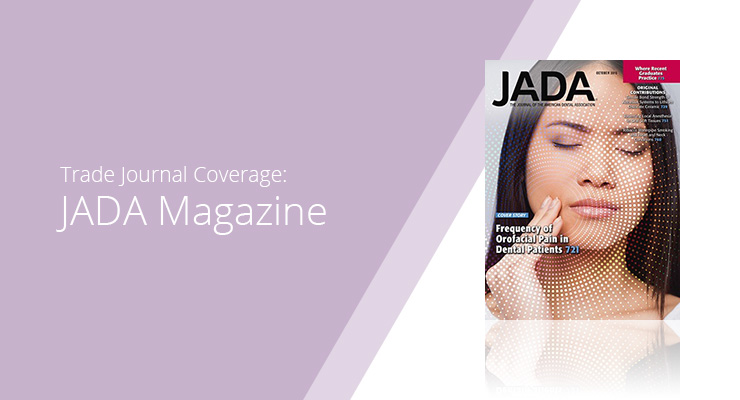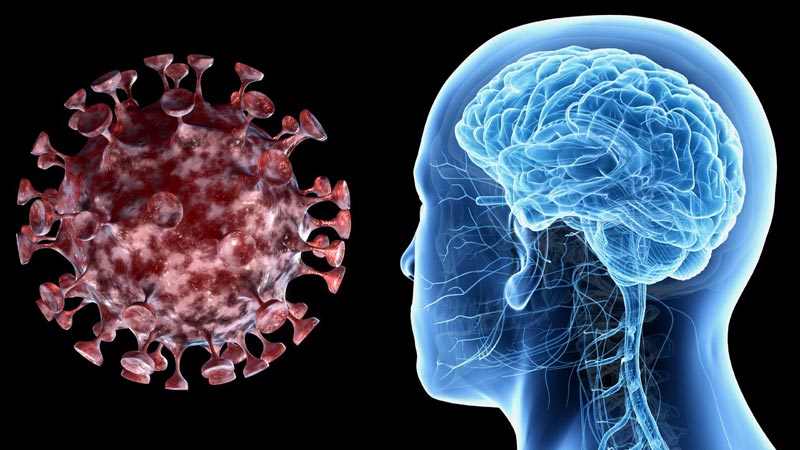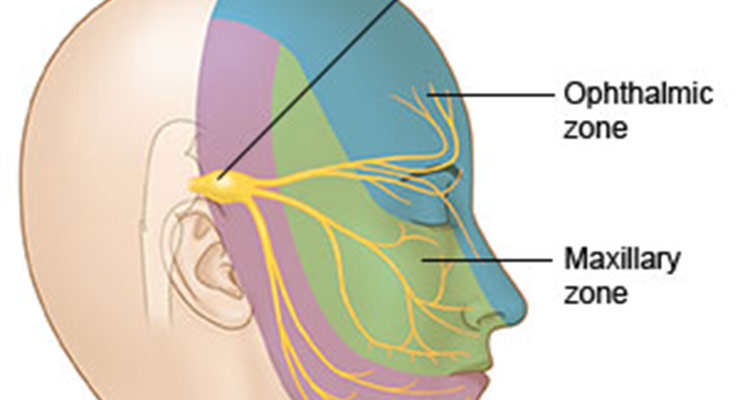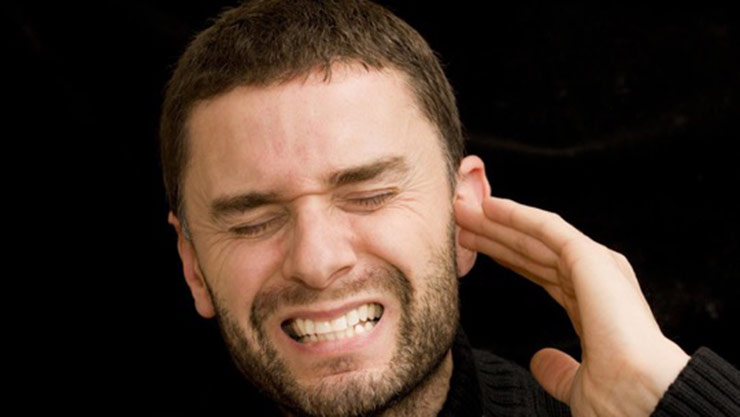
JADA Magazine
By Orapin V. Horst, DDS, MS, MSD, PhD, Joana Cunha-Cruz, DDS, PhD Lingmei Zhou, PhD, Walter Manning, DMD, Lloyd Mancl, PhD, Timothy A. DeRouen, PhD
Prevalence of pain in the orofacial regions in patients visiting general dentists in the Northwest Practice-based Research Collaborative in Evidence-based dentistry research network
Background
This study aimed to measure prevalence of pain in the orofacial regions and determine association with demographics, treatment history, and oral health conditions in dental patients visiting clinics in the Northwest Practice-based REsearch Collaborative in Evidence-based DENTistry (PRECEDENT) research network.
Methods
Data were recorded in a survey with systematic random sampling of patients (n = 1,668, 18 to 93 years old, 56% female) visiting 100 general dentists in the Northwest PRECEDENT research network. Prevalence ratios (PR) of orofacial pain by each variable were estimated by generalized estimating equations for Poisson regression.
Results
The prevalence of orofacial pain during the past year was 16.1% (95% confidence interval [CI], 13.4-18.9), of which the most prevalent pain locations were dentoalveolar (9.1%; 95% CI, 7.0-11.2) and musculoligamentous tissues (6.6%; 95% CI, 4.5-8.7). Other locations included soft tissues (0.5%; 95% CI, 0.2-0.8) and nonspecific areas (0.6%; 95% CI, 0.2-1.0). The prevalence of dentoalveolar but not musculoligamentous pain decreased with age. When comparing the 18- to 29-year-old patients, dentoalveolar pain decreased significantly in 45- to 64-year-old patients (PR, 0.59; 95% CI, 0.4-0.9) and in those 65 years or older (PR, 0.5; 95% CI, 0.3-0.9). Sex significantly affected the prevalence of musculoligamentous but not dentoalveolar pain. Women (PR, 3.2; 95% CI, 2.0-5.1) were more likely to have musculoligamentous pain. The prevalence of dentoalveolar and musculoligamentous pain did not vary significantly by ethnicity. Dentoalveolar pain was reported more frequently in patients who did not receive dental maintenance (PR, 2.9; 95% CI, 2.1-4.2) and those visiting community-based public health clinics (PR, 2.2; 95% CI, 1.2-3.7).
Conclusions
One in 6 patients visiting a general dentist had experienced orofacial pain during the past year. Dentoalveolar and musculoligamentous pains were the most prevalent types of pain.
Practical Implications
Pain in the muscles and temporomandibular joints was reported as frequently as that in the teeth and surrounding tissues in patients visiting general dentists. Although the dental curriculum is concentrated on the diagnosis and management of pain and related conditions from teeth and surrounding tissues, it is imperative to include the training for other types of orofacial pain, particularly those from temporomandibular joint and musculoligamentous tissues.







